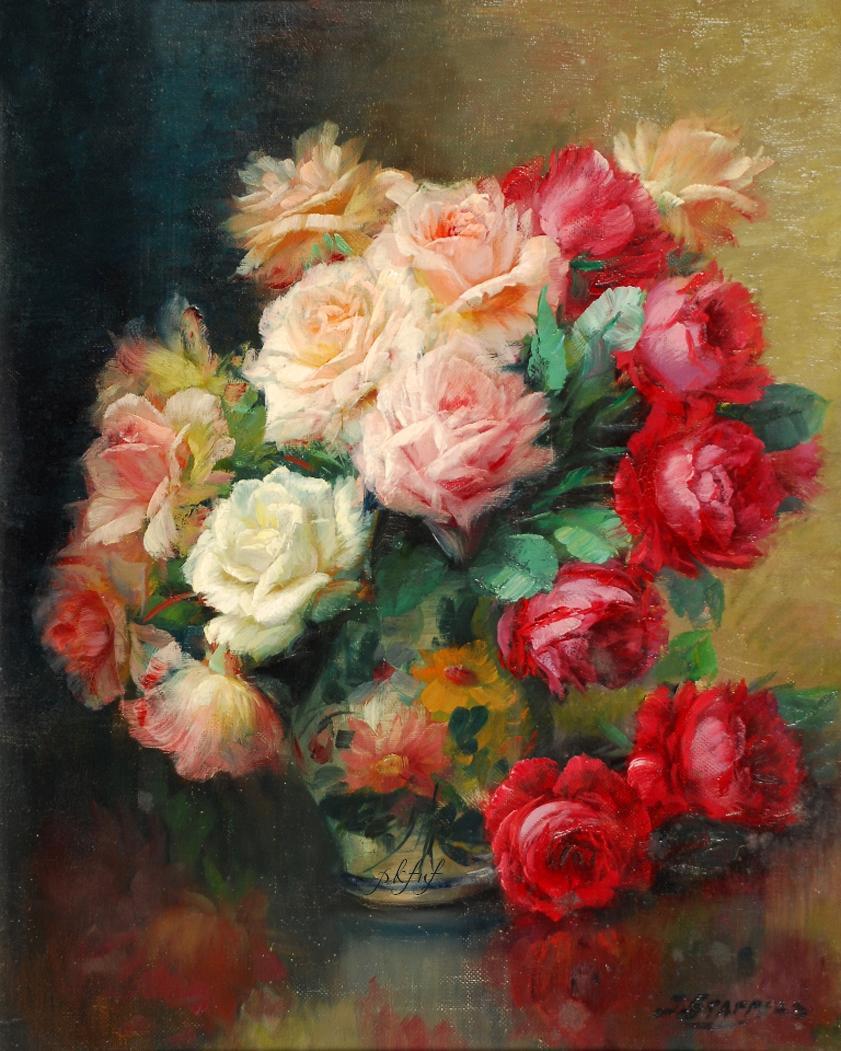On view in the Museum's Carroll and Milton Petrie European Sculpture Court is the marble version of Perseus with the Head of Medusa that Canova (1757-1822) carved for Countess Valeria Tarnowska.
He wrote that he was also shipping a plaster of the Medusa head, lest the marble one add too much weight to the statue's outstretched arm.
The countess could attach the lighter plaster to the arm instead, and, placing a lit candle inside the marble one, which is hollow, she could watch the eerie light effects.
Antonio Canova | Head of Medusa (Studio) 1806-1807 | Metropolitan Museum of Art

















%2C%2BA%2BChild%2Bwith%2Ban%2BApple%2B1.jpg)
.jpg)
%2B-%2BAllegory%2Bof%2Bthe%2BGenius%2Bof%2BAlexander%2BI.%2BPrince%2BHeinrich%2BLubomirski.jpg)

